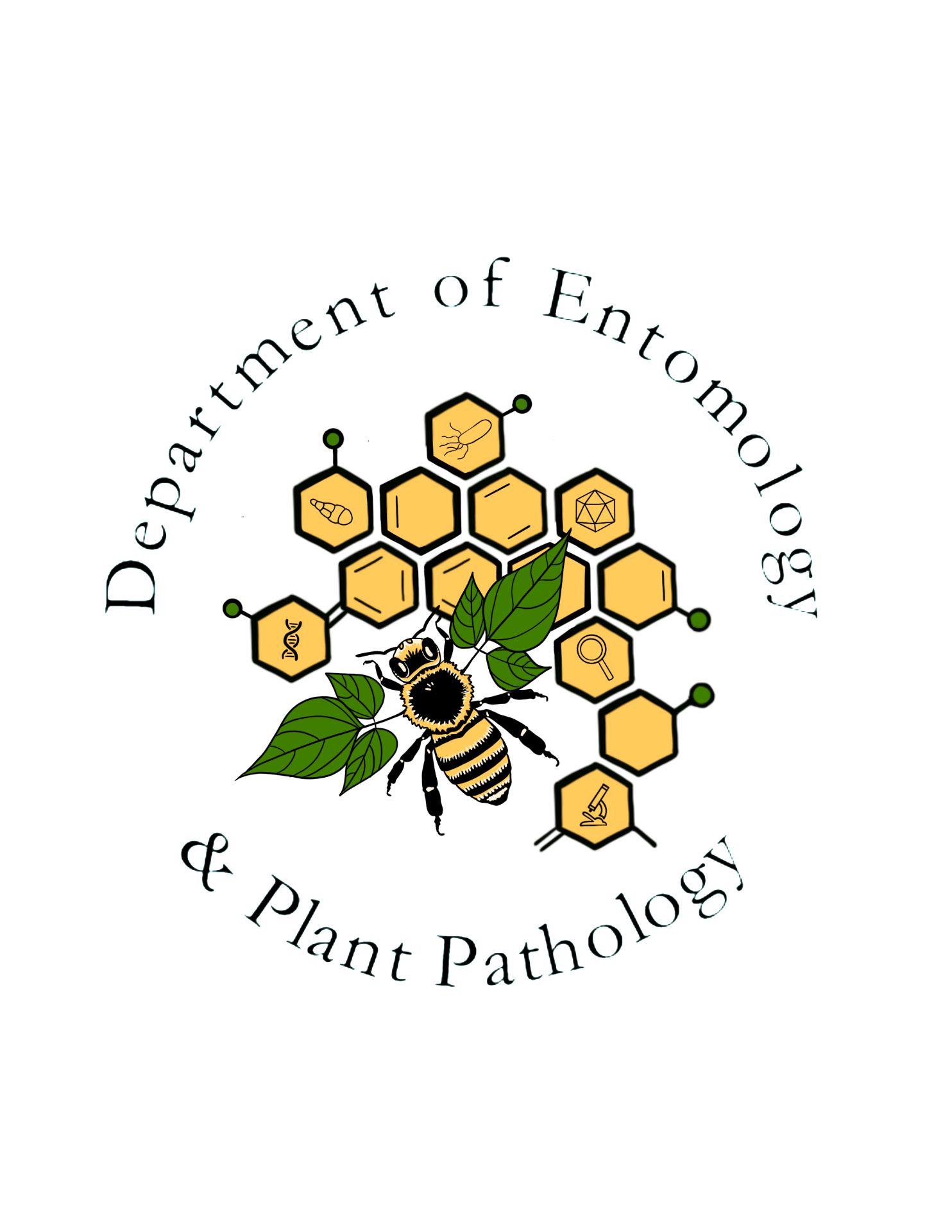Black larder beetle (Incinerator beetle)
Order: Coleoptera
Family: Dermestidae
Genus and species: Dermestes ater De Geer

The black larder beetle has a worldwide distribution. It feeds on various organic substances, especially dead insects and vertebrate carrion. It has been recorded infesting cheese, dried fish, leather, hog bristles, copra, silk, wool, milk powder, cocoa, ginger, dry pet food, and incinerator materials. It is an especially important pest of museum collections and fishmeal-processing factories. It is also an intermediate host for poultry tapeworms.
Adults are 7–9 mm long with black to dark brown elytra covered with fine yellowish-grey setae. Ocelli (simple eyes) are lacking. Mature larvae are reddish-brown to black with a discontinuous yellow stripe dorsally and a pair of downward pointed processes (urogomphi) on the last abdominal segment. Both adults and larvae are cannibalistic. The duration of the life cycle at 81–82°F.
